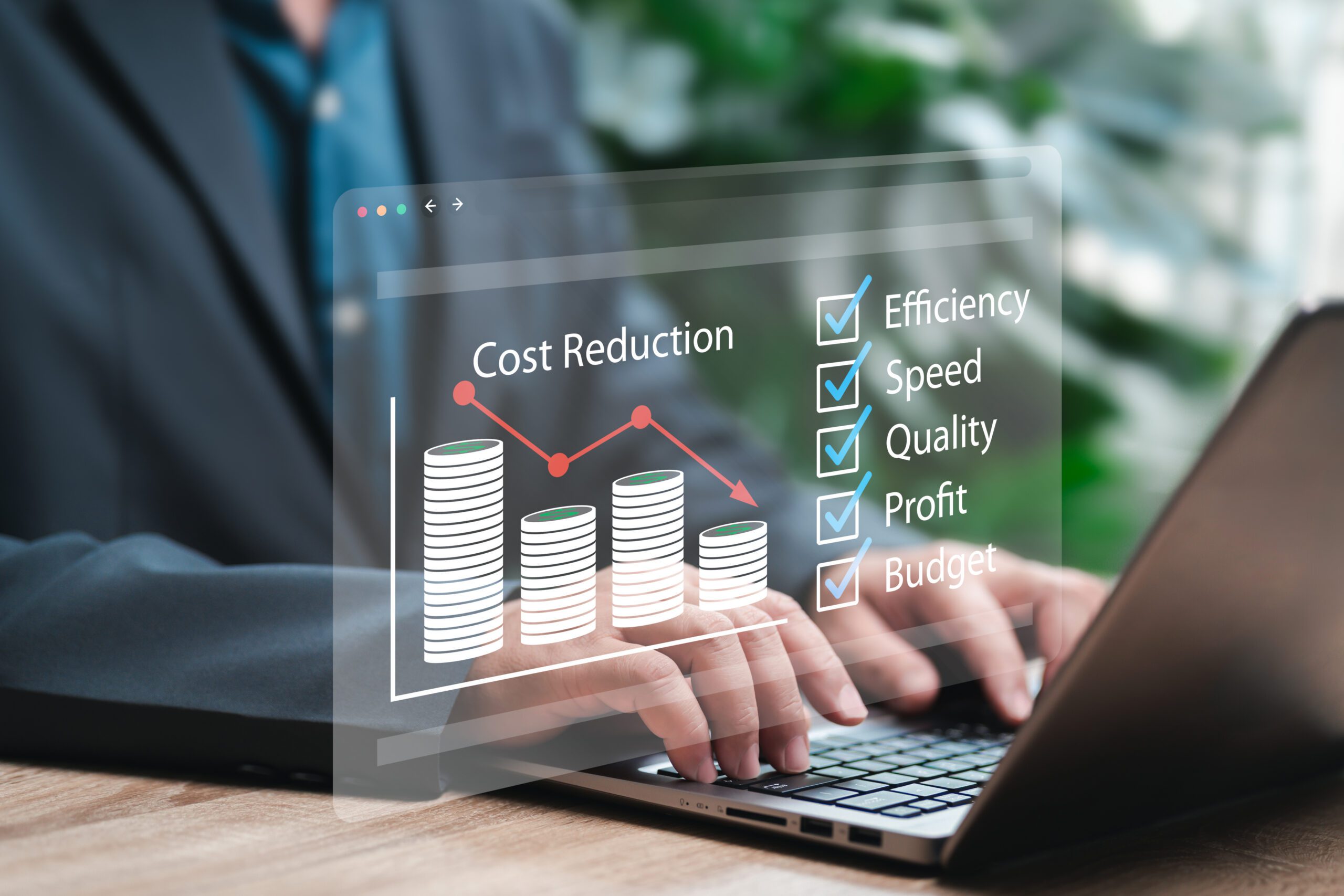What Is Forecasting?
Business forecasting is the practice of using historical data, market analysis, and statistical methods to predict future business conditions and performance. This process involves analyzing past trends and current variables to make informed estimates about future outcomes, such as sales figures, market demand, revenue projections, and financial performance. By generating these forecasts, businesses can strategically plan for various scenarios, optimize resource allocation, and make proactive decisions to improve their competitive edge and overall effectiveness. Accurate forecasting enables organizations to navigate uncertainties and align their operations with anticipated market changes.
Why Is Forecasting Important For Business?
Business forecasting is important because it provides organizations with valuable insights that enable strategic planning and informed decision-making. By predicting future trends and performance, businesses can anticipate market changes, adjust their strategies, and allocate resources more efficiently. Accurate forecasts help companies manage risks, identify opportunities for growth, and optimize operational processes to meet anticipated demand. Additionally, forecasting supports financial planning by projecting revenue and expenses, which is crucial for budgeting and investment decisions. Overall, effective business forecasting enhances an organization’s ability to adapt to evolving market conditions, stay competitive, and achieve long-term success.
What Are Some Examples Of Business Forecasting?
Examples of business forecasting span various aspects of organizational planning and decision-making. For instance, a retail company might use forecasting to predict seasonal sales trends based on historical data, enabling them to manage inventory levels and staffing needs effectively. A manufacturing firm may employ forecasting to estimate future production requirements and plan for raw material procurement, ensuring they can meet anticipated demand without overstocking. Financial institutions often forecast economic conditions to guide investment strategies and risk management. Similarly, technology companies might project future product demand to align research and development efforts with market needs. These examples highlight how forecasting helps businesses anticipate changes, streamline operations, and make strategic choices that drive growth and efficiency.




